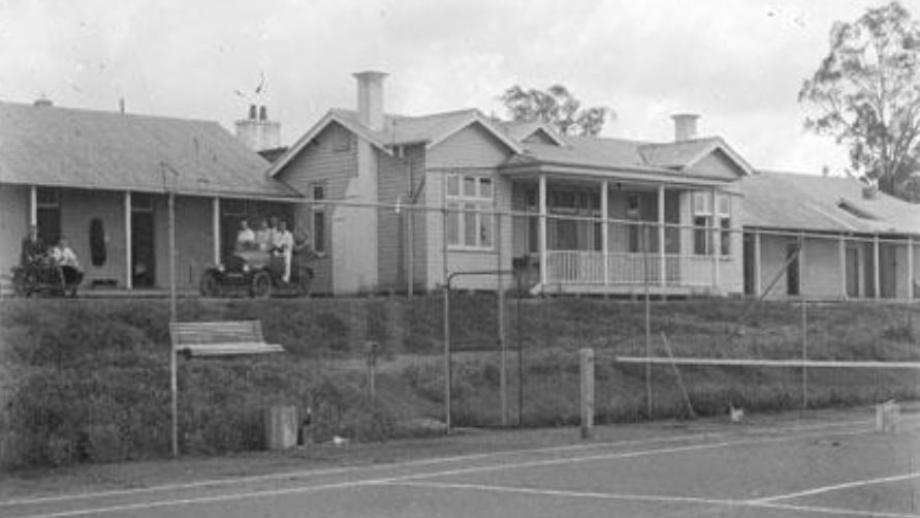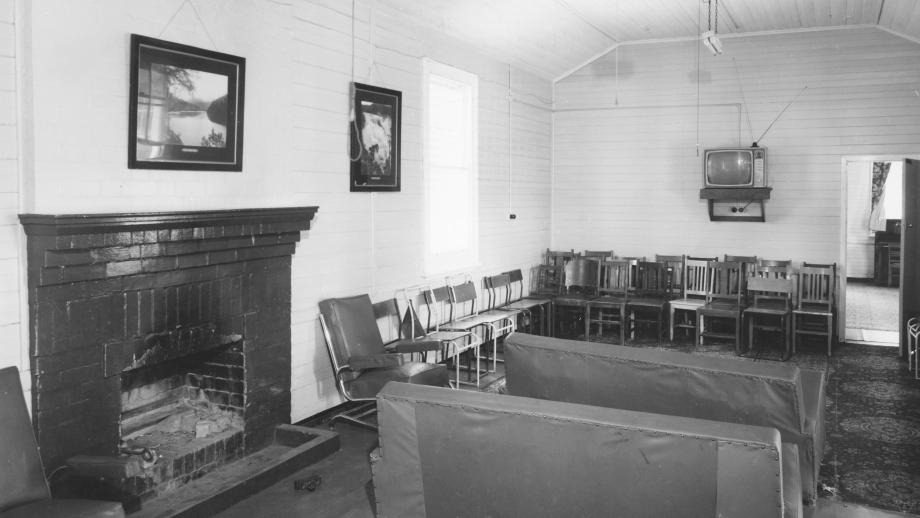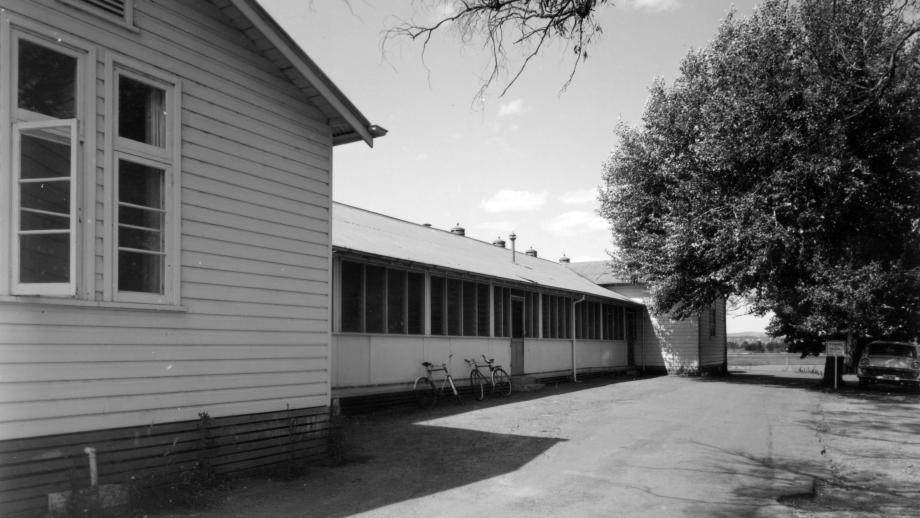Building Highlight - Lennox House Complex
The Lennox House complex is located at the south-eastern tip of what is known as the Acton Conservation Area, adjacent to Lennox Crossing.
The area has a very strong heritage value and represents one of the earliest areas of development following the decision to establish Canberra as the federal capital in 1911.
Lennox House was constructed in various stages between 1911-1927, with the earliest buildings being bachelors' sleeping quarters constructed in 1911-12 which became part of the ANU Acton Early Childhood Centre.
A large number of residents and regular visitors were housed in the complex, which played an important role in the social life of the capital. Residents of the complex formed Canberra’s first cricket club, ‘Acton Cricket Club’, the Canberra Sports Club for the Department of Home Affairs employees and the Canberra Cricket Club (1912); Canberra Lawn Tennis Club (1913); Canberra Rifle Club (1914); Canberra's first amateur theatre group, the Canberra Community Players (1925) and hosted Canberra's first chess contest (1926).
The Lennox House Complex hosted junior members of the Royal party in 1927 when the Duke and Duchess of York visited Canberra to open the Provisional Houses of Parliament.
The complex housed public servants until 1935, when Mrs M Marshall leased the complex and renamed it Acton Guest House.
In 1939 the property was commandeered by the Royal Australian Navy to house staff of their Canberra Radio Station until new accommodation for them was completed in 1940. From 1944 to 1945 the United States 7th Fleet conducted part of a radio training school for their servicemen in the buildings. After the navy released the buildings in 1946 they were used to accommodate junior public servants and, by April of that year, held 130 guests.
The Lennox House Complex became the property of the ANU in 1953. It continued to be used as a guest house until 1960. Half of the original sixteen buildings in the complex remain (Blocks A, D, E, F, G, H and I as well as Laundry A). The buildings have had various uses over the past sixty years including as accommodation, staff offices and childcare facilities.
Lennox House and the adjacent Lennox Crossing were named after master stonemason and bridge builder David Lennox. Scotsman Lennox arrived in Sydney in 1832. His workmanship was so impressive that he was appointed Superintendent of Bridges in 1833. His first bridge, Lennox Bridge in Sydney’s Lapstone, is the oldest bridge still standing in mainland Australia.
References
Acton Conservation Area Heritage Management Plan 2011, Australian National University,











